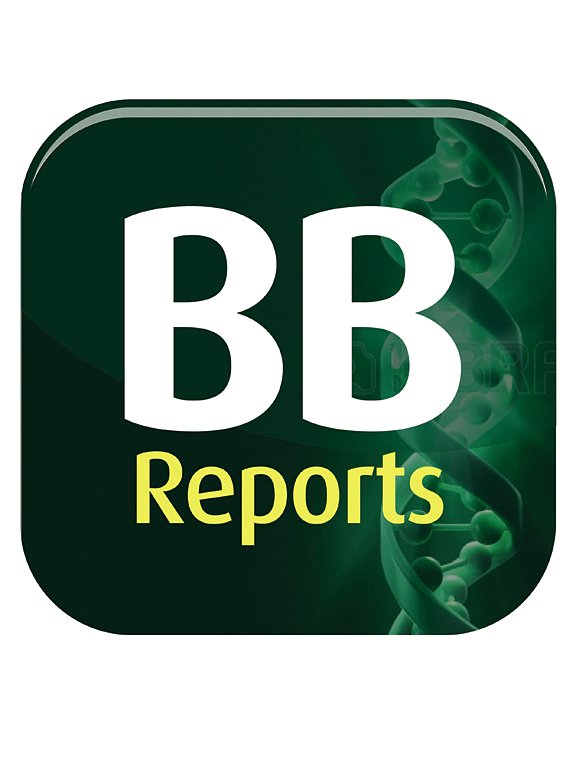Unveiling ferroptosis genes and inhibitors in diabetic retinopathy through single-cell analysis and docking simulations
IF 2.3
Q3 BIOCHEMISTRY & MOLECULAR BIOLOGY
引用次数: 0
Abstract
Diabetic retinopathy (DR) is a common microvascular complication of diabetes and a leading cause of vision loss worldwide. Although several mechanisms have been implicated in the pathogenesis of DR, emerging evidence suggests a link between ferroptosis and DR. Unfortunately, the exact mechanism underlying this connection is not clear. Therefore, investigating the role of ferroptosis in diabetic retinopathy holds promise for advancing our understanding of this complex disease and developing innovative treatments. We have identified differentially expressed genes (DEGs) and differentially expressed marker genes (DEMGs) from open-source single-cell RNA sequencing datasets by using in depth in silico approach. Subsequently, ferroptosis-associated DEGs (FA-DEGs), ferroptosis-associated DEMGs (FA-DEMGs), and ferroptosis-associated Hub Genes (FAHGs) were identified. The FDA-approved drugs for our target proteins were also identified, and their ADMET properties were assessed. Molecular docking and simulation were utilized to explore the interaction stability of the compounds with the target proteins. Overall, we identified 63 FA-DEMGs that were significantly enriched in Peroxiredoxin activity, Ferroptosis, Mitophagy, and Autophagy. Further analysis predicted that PRDX1 and UBC are candidate target proteins. Molecular docking results showed that dexamethasone has a high binding affinity for both PRDX1 and UBC. Additionally, molecular dynamics simulations revealed that dexamethasone (which showed the best hit in the docking analysis) exhibited a ‘stable effect’ on both PRDX1 and UBC. To summarize, this study showed that PRDX1 and UBC could be suitable therapeutic targets for dexamethasone, which might be helpful in the advance of DR treatments in the future.
求助全文
约1分钟内获得全文
求助全文
来源期刊

Biochemistry and Biophysics Reports
Biochemistry, Genetics and Molecular Biology-Biophysics
CiteScore
4.60
自引率
0.00%
发文量
191
审稿时长
59 days
期刊介绍:
Open access, online only, peer-reviewed international journal in the Life Sciences, established in 2014 Biochemistry and Biophysics Reports (BB Reports) publishes original research in all aspects of Biochemistry, Biophysics and related areas like Molecular and Cell Biology. BB Reports welcomes solid though more preliminary, descriptive and small scale results if they have the potential to stimulate and/or contribute to future research, leading to new insights or hypothesis. Primary criteria for acceptance is that the work is original, scientifically and technically sound and provides valuable knowledge to life sciences research. We strongly believe all results deserve to be published and documented for the advancement of science. BB Reports specifically appreciates receiving reports on: Negative results, Replication studies, Reanalysis of previous datasets.
 求助内容:
求助内容: 应助结果提醒方式:
应助结果提醒方式:


